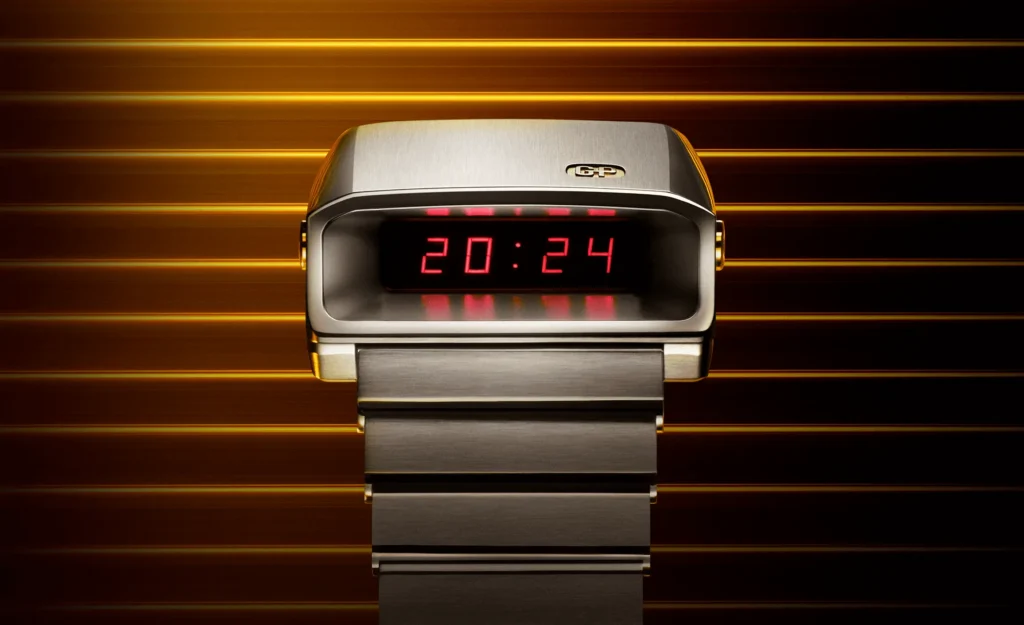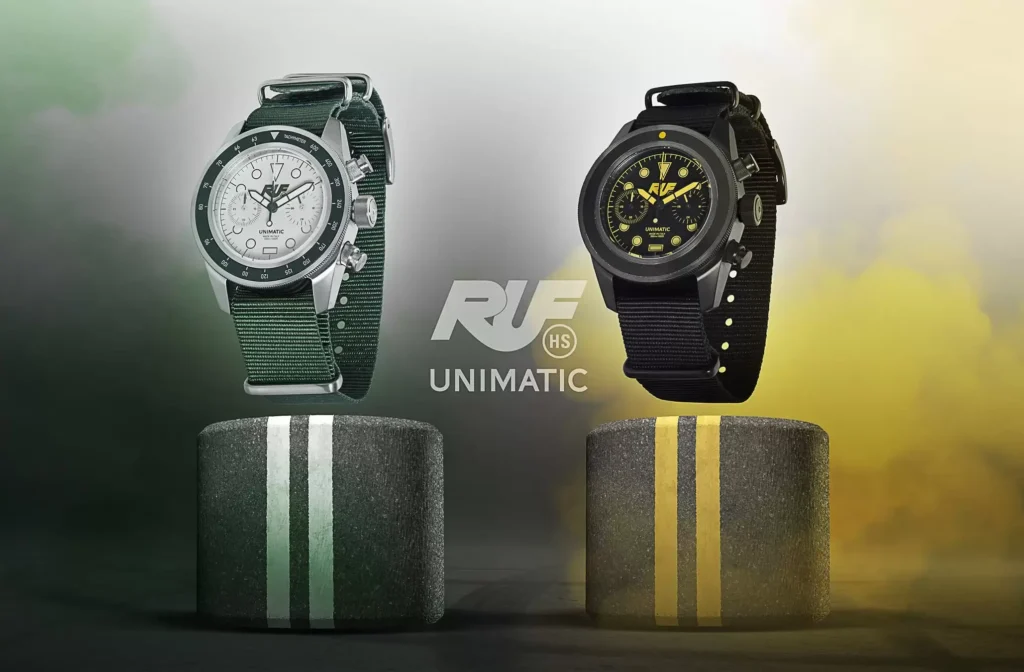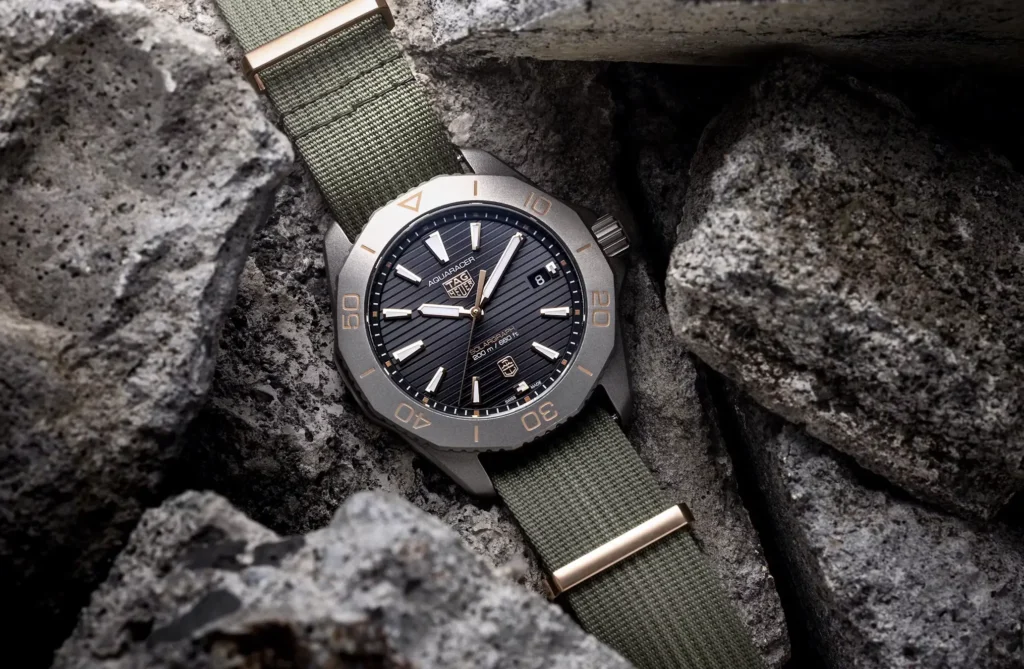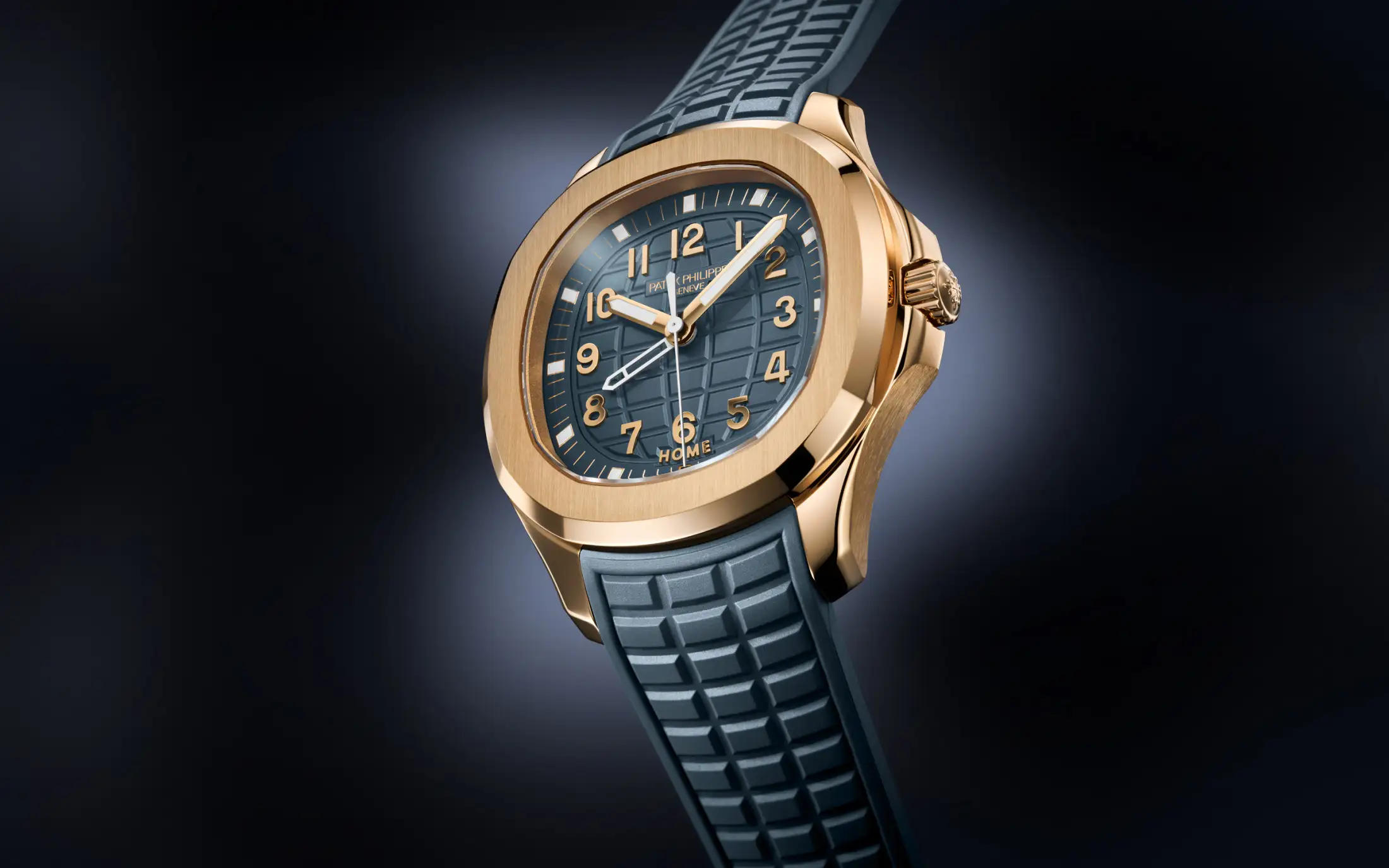The New York Times published an article this week placing a spotlight on the rising popularity of quartz watches, citing brands such as TAG Heuer and Furlan Marri in the process. (See episodes 34 and 28 of the podcast for conversations with Andrew McUtchen and Andrea Furlan.) Indeed it’s a trend that has been slowly making progress beyond the long standing enthusiasts groups that focus on the niche. While mainstay brands such as Seiko, TAG Heuer, and Hamilton (among many others) have always had a foot in this arena, there have been higher profile releases from the likes of Patek Philippe (the ref. 5269), Girard-Perregaux (the return of the Casquette), and Cartier (Must de Cartier) in recent years underscore a different kind of demand brewing.

Many of the enthusiast groups and individuals I’m exposed to in this space have a longstanding respect and understanding for quartz watches. There are even sub groups dedicated to collecting and understanding them, as the history of their development closely aligns with many of the sport and tool watches love dating back to the late ‘60s and early ‘70s. Further, some historically important watches have incorporated the use of quartz movements within their lineage, not only from the brands you might expect, but also from stalwarts like IWC, Vacheron Constantin, and again, Patek Philippe. To appreciate their history is to understand the significance of the role played by quartz movements.
It should be noted that many of us experience this hobby in different ways. Over the past 20 years, the mechanical movement has served as the anchor point for new collectors and enthusiasts. Whether it’s finishing techniques or innovative mechanical solutions that increase accuracy and/or complexity, the movement often serves as the ‘soul’ responsible for hooking people on an emotional level. The existence of and respect for quartz movements shouldn’t take anything away from that. Non-mechanical movements can inspire in their own ways, and what they represent is of pivotal importance to the development of the industry as we know it today.

When Patek Philippe released the Aquanaut reference 5269 in 2024, I remember pausing to appreciate its significance. The Aquanaut is of course no stranger to quartz movements, but seeing one released in this manner felt a curious step toward taking its incorporation seriously in the modern era. While only available in a rose gold case, it also brought back the original ‘grenade’ style dial pattern (see the mechanical reference 5065 below) that was also present in the ref. 5261 from 2023. To see a brand of this stature taking a (very ‘90s style) configuration seriously was a welcome sight, and one that I’d welcome from other brands down the food chain.
Among my favorite quartz powered sport watches of the ‘90s are the IWC for Porsche Design references, which also happen to showcase some of the most original and innovative case design language seen in generations. IWC is well positioned to tap into this era to bring back their own original quartz watches, which I’d wager would be a very welcome move within their enthusiast circles.
With prices of luxury goods representing a consistent point of friction, it feels like the emergence of quartz-curious buyers represents a compelling opportunity for any brand savvy enough to exploit in a meaningful way. This is a fact that many small independent or micro-brands have understood for many years now, which has, in some senses, buoyed the perception of quartz among mainstream collectors and enthusiasts. That is to say, it is no longer a four letter word to serious watch buyers across the spectrum.

With the broad acceptance of quartz watches within mainstream, popular groups have shown the true turning of a corner here. The TAG Heuer mentioned in the NYT article is built on the wonderful Aquaracer Solargraph titanium platform, a watch that many were quick to sing the praises of when initially released in 2023. When popular media platform Time + Tide released their own rendition with TAG Heuer in 2024, it was primed for a broad audience well beyond mere watch nerds. It’s cool.
My concern is that when things catch on as a trend, they rarely have staying power. It’s a similar story with the rise and fall of the ‘hype watch’ market. At the end of the curve, however, there remains a larger group of enthusiasts than when it began, and for that I welcome it as a net positive on the space as a whole. Setting all that aside, what I’d really like to see as we head into 2025 is larger ‘luxury’ focused brands taking quartz watches seriously once more without fear of it tarnishing their finely crafted image.

